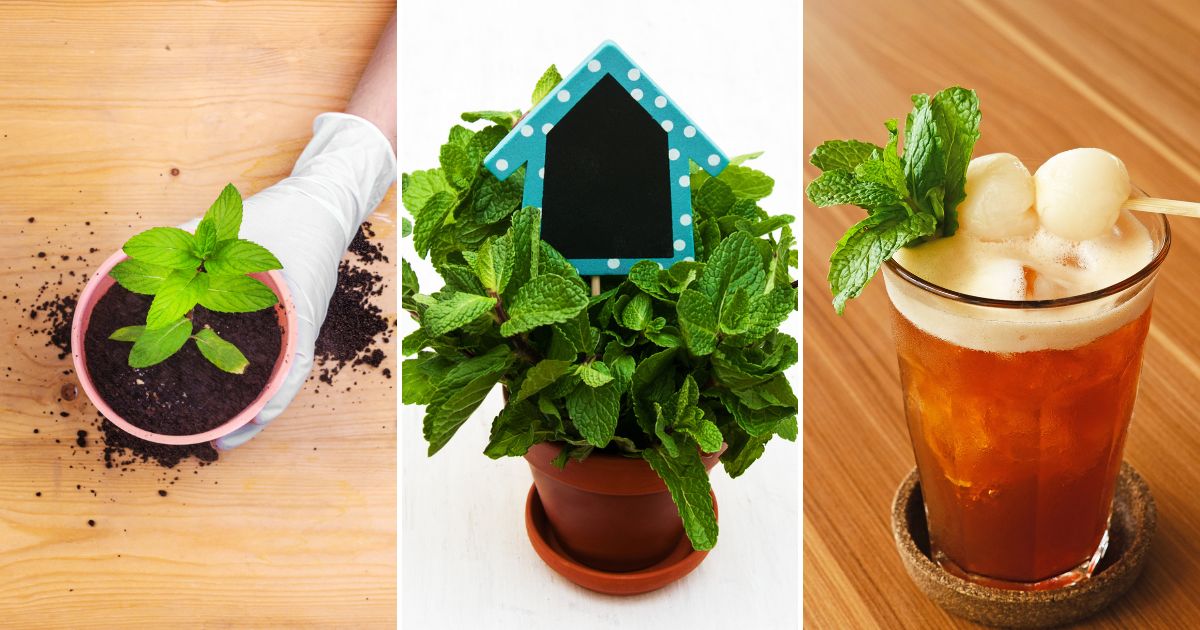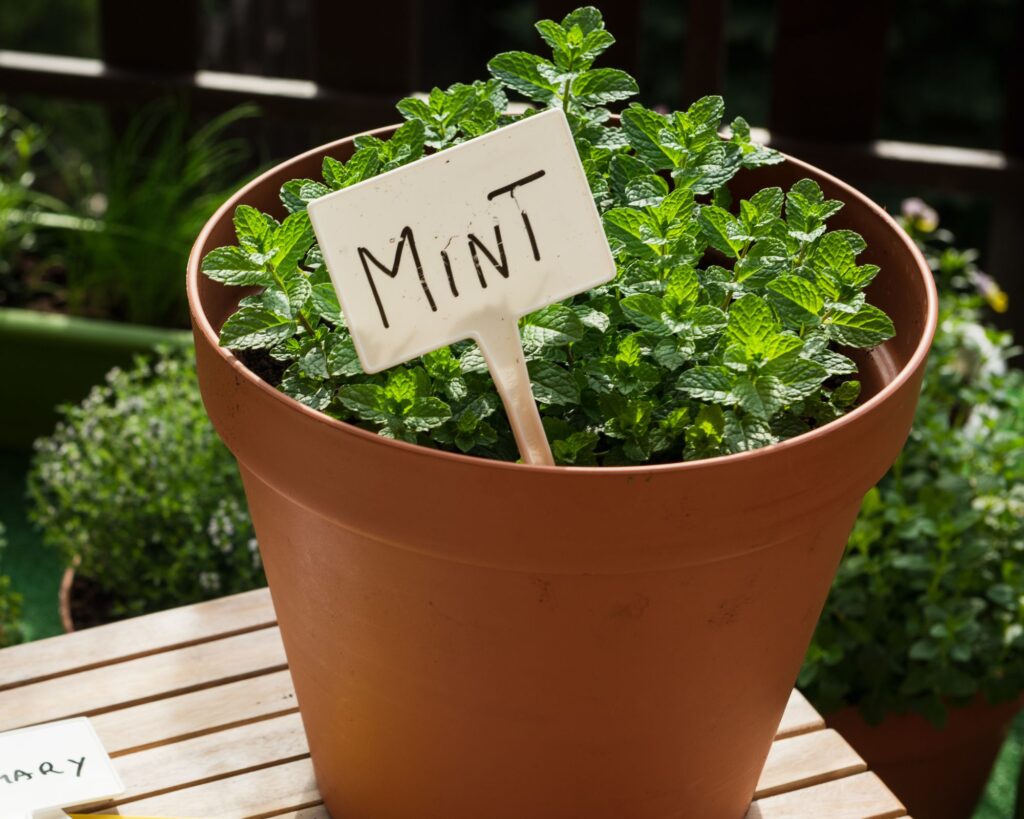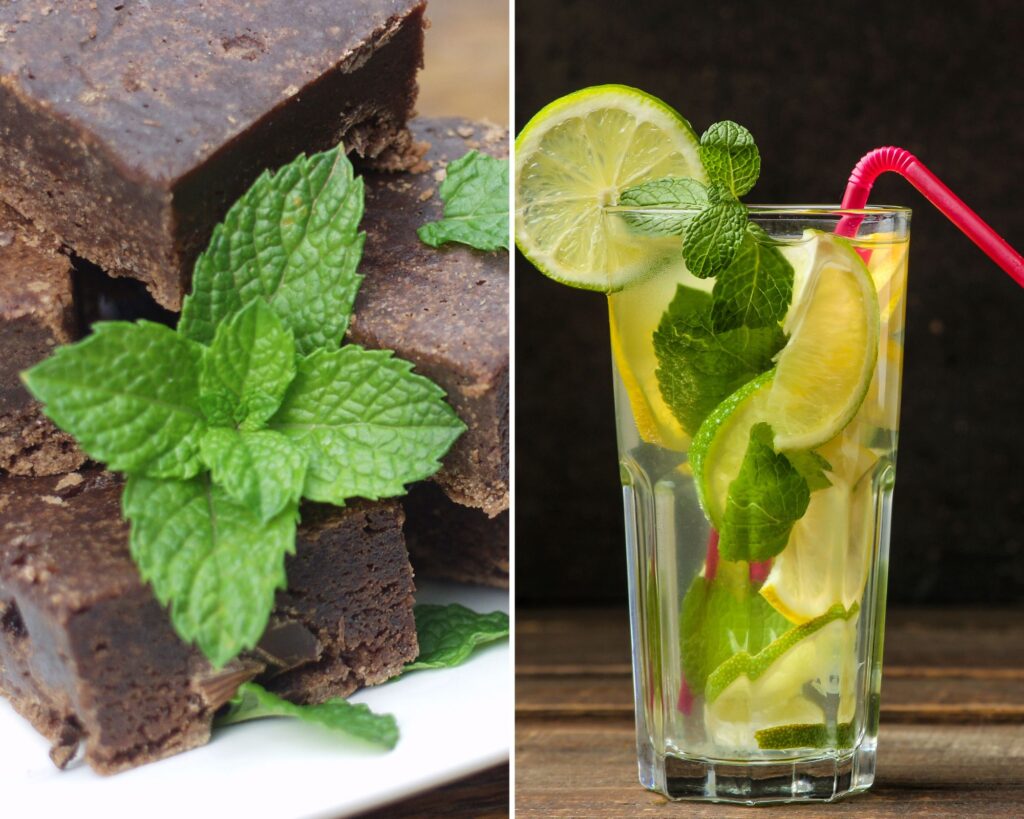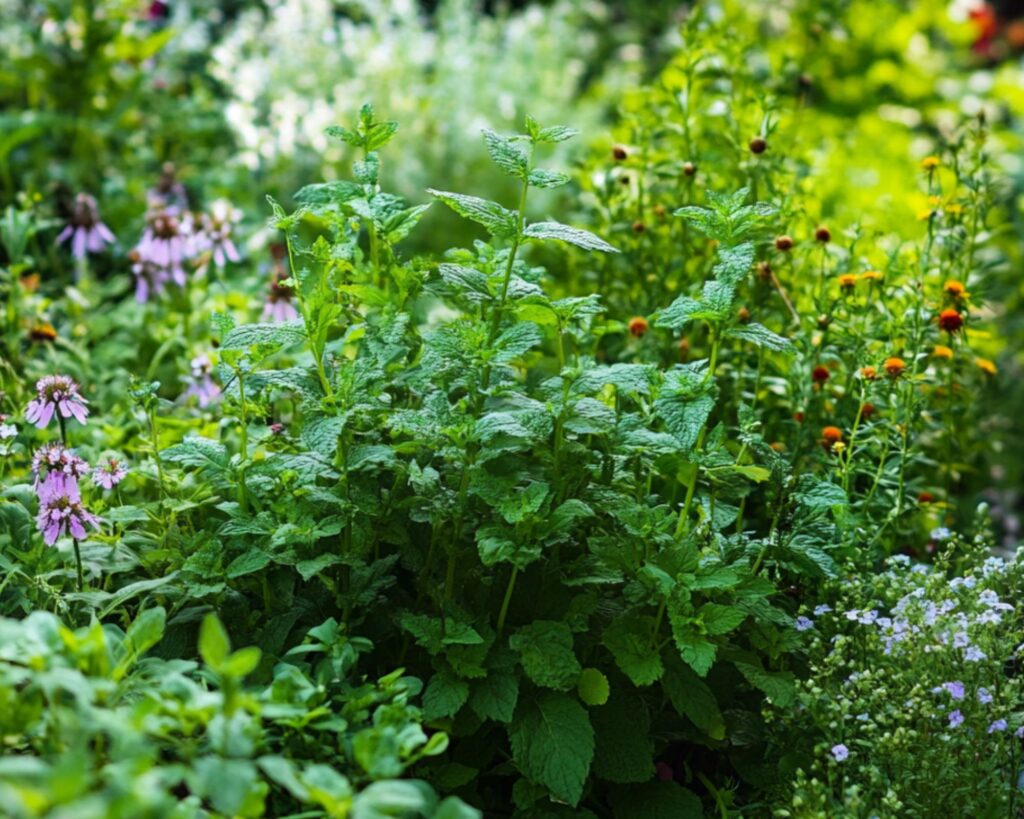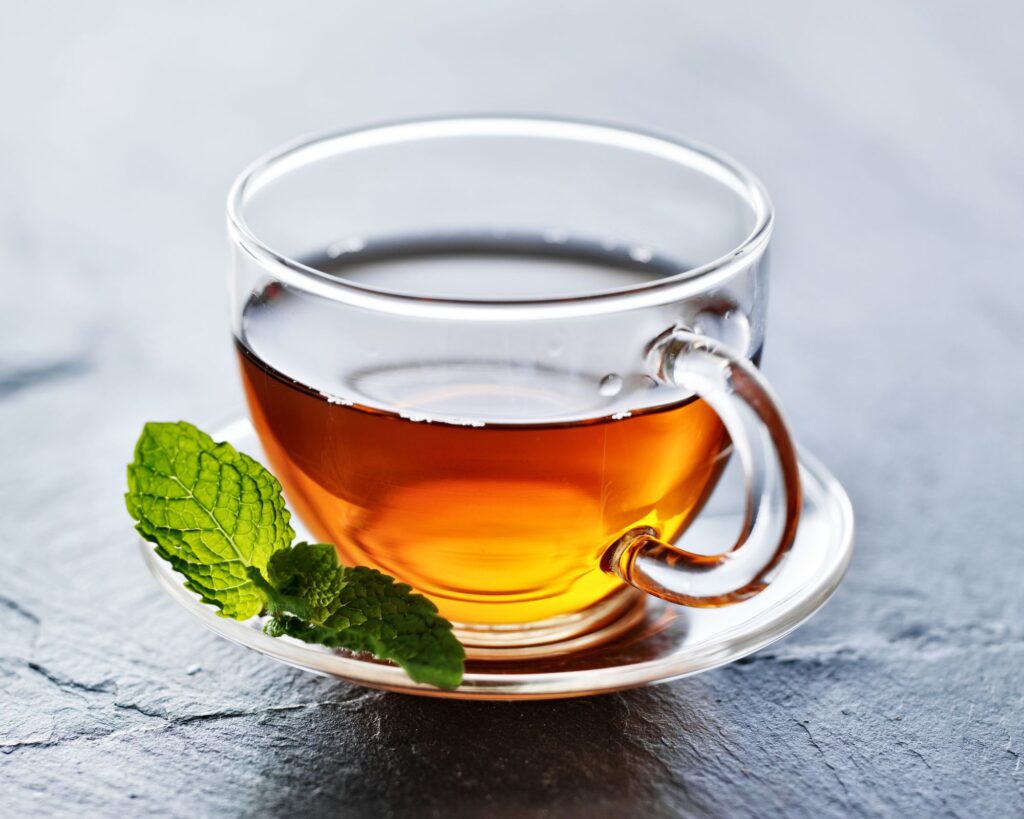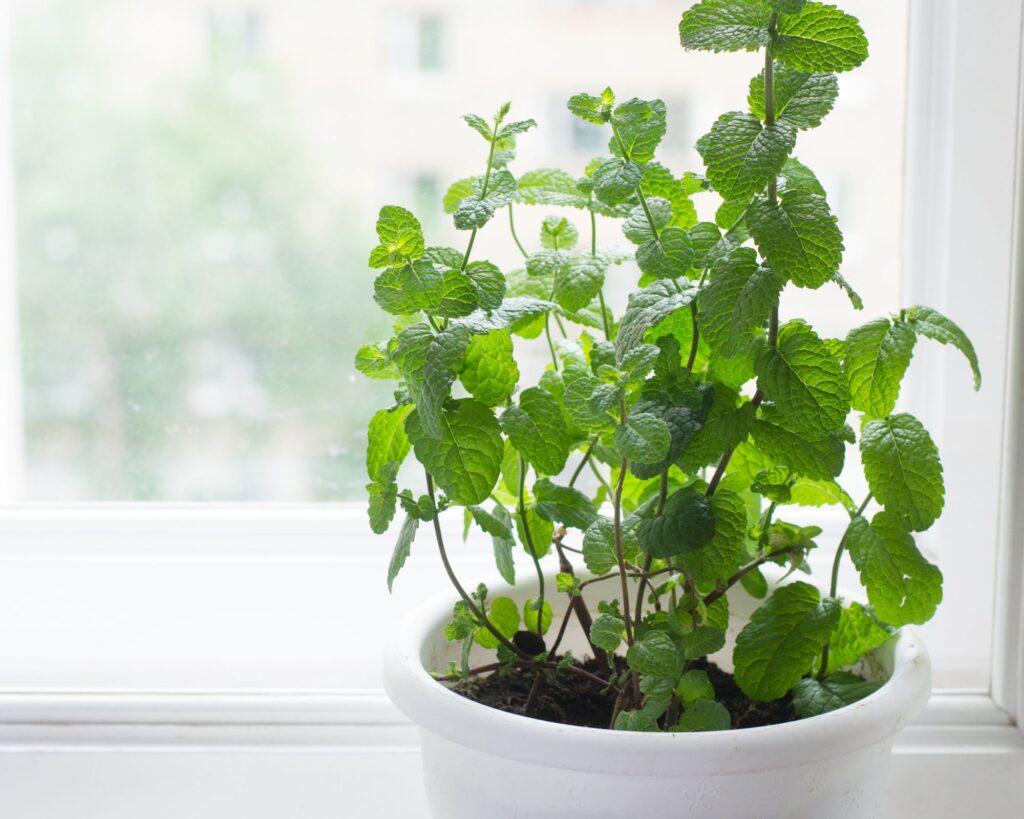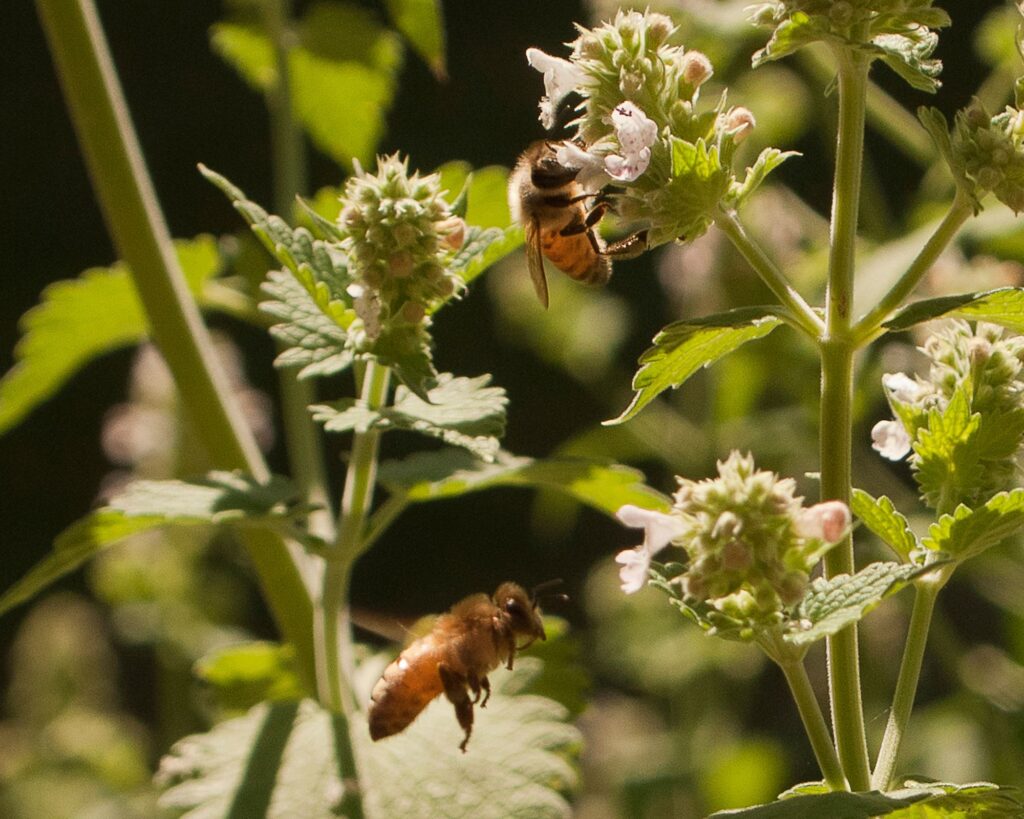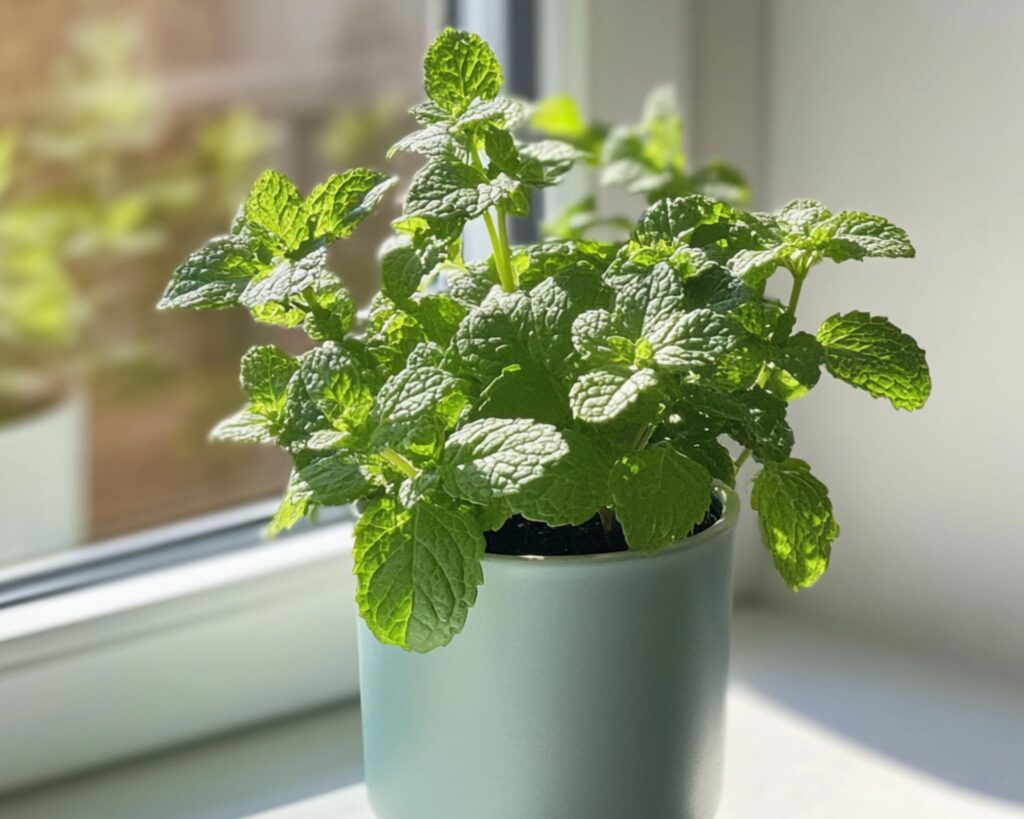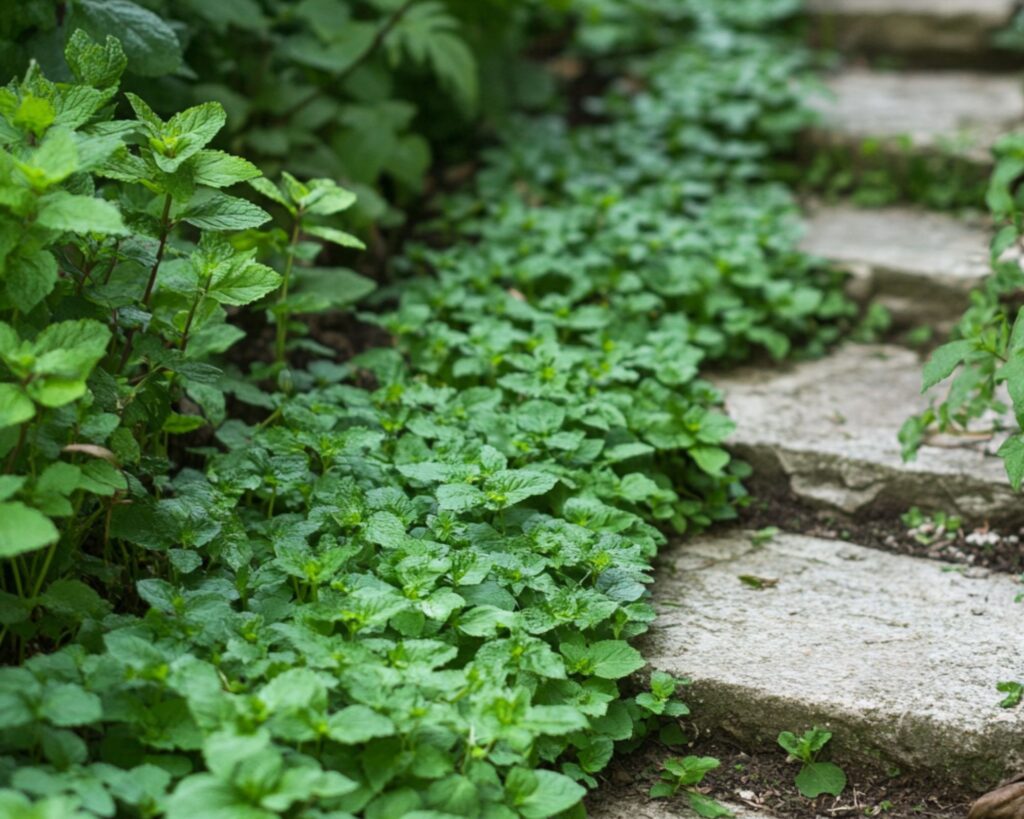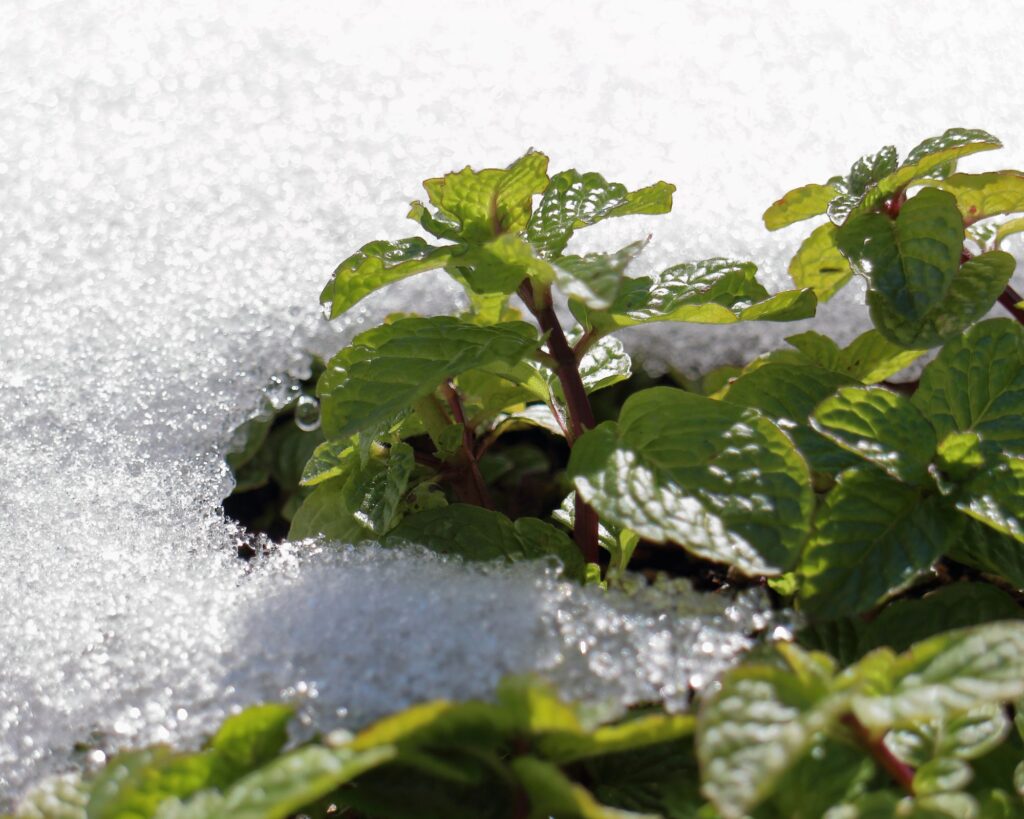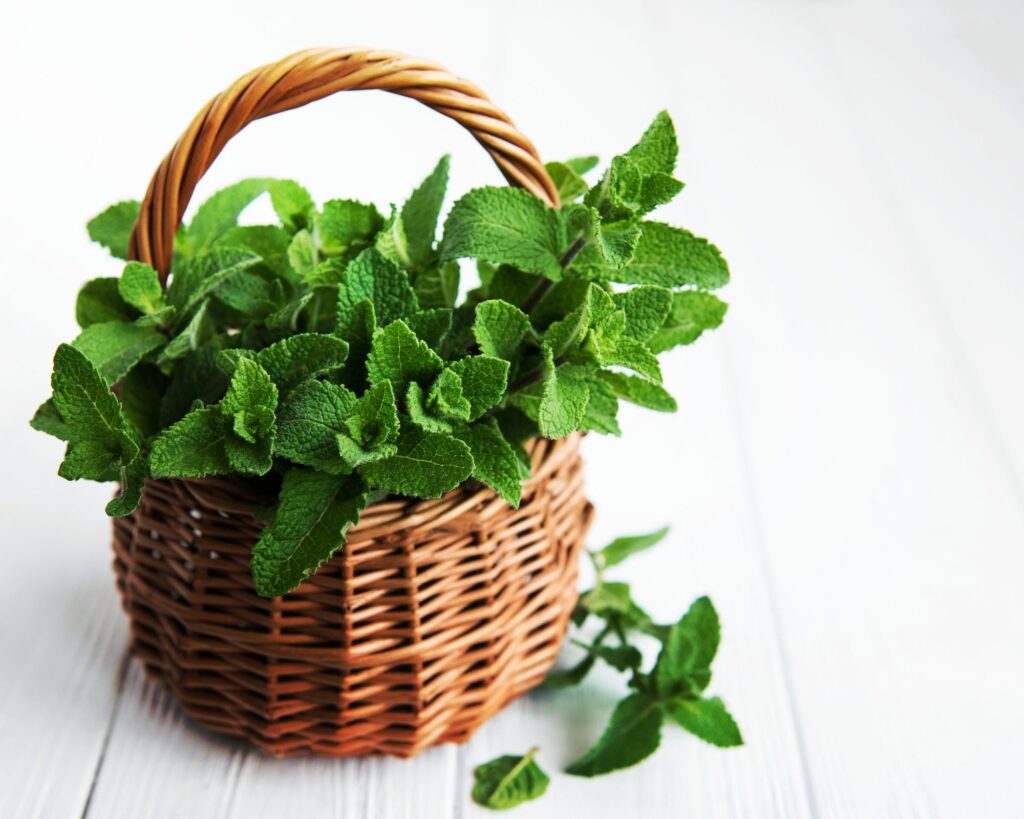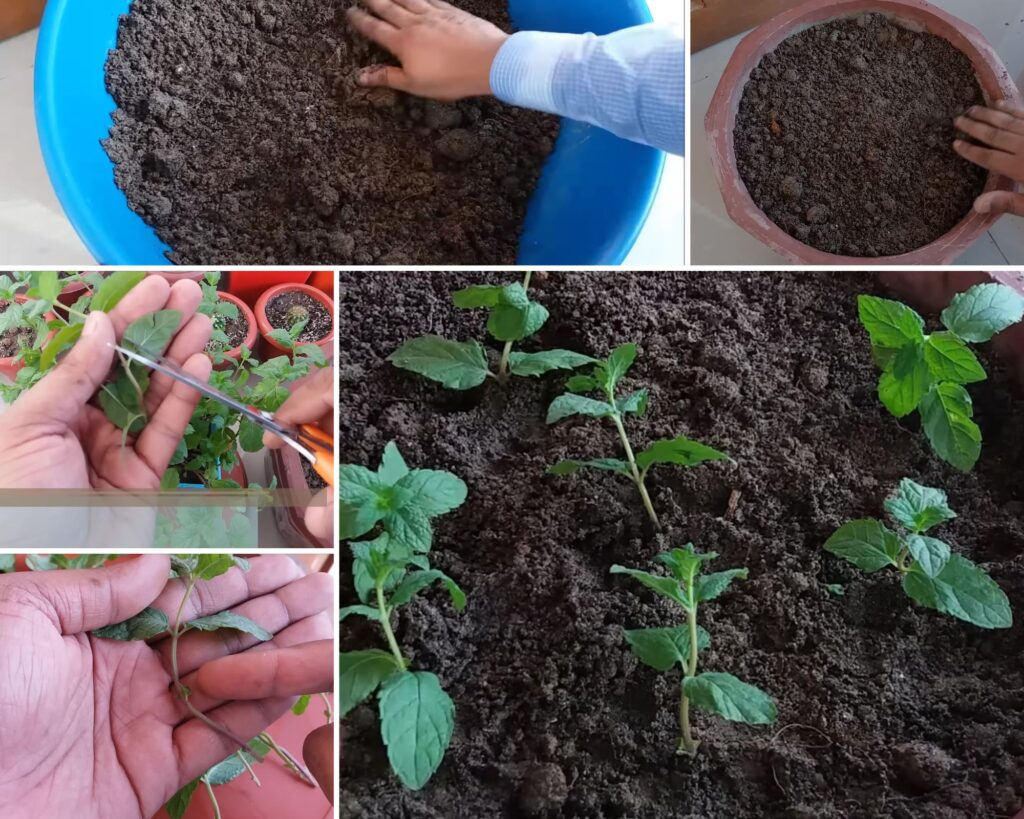What if there was a plant so versatile and effortless to grow, you’d wonder why it’s not already in your garden? Mint is that hidden gem.
With its invigorating aroma and endless culinary possibilities, mint offers more than meets the eye. Not only is it incredibly low-maintenance, but it also boasts a myriad of benefits for your garden and your home.
In this post, we’ll uncover 10 surprising reasons why mint should be your next must-grow herb. Are you ready to unlock mint’s full potential?
1. Mint is Exceptionally Easy to Grow
One of the best things about mint is how forgiving and easy it is to grow. This hardy herb thrives in a wide variety of conditions, making it perfect for beginners and experts alike.
Mint can grow in full sun or partial shade, tolerates poor soil, and can even thrive in containers. Its rapid growth makes it ideal for anyone who wants quick results with minimal effort.
However, because of its invasive nature, mint will spread quickly if not contained. To avoid it taking over your garden, it’s best to grow mint in pots or raised beds. This way, you can enjoy its lush greenery without worrying about it crowding out other plants.
2. It’s a Multipurpose Culinary Herb
Mint is a culinary superstar! It can be used fresh or dried in a wide range of dishes, adding a refreshing flavor to everything from salads to desserts.
You can also use mint to make flavorful teas, garnish beverages, or create savory sauces for meats and vegetables.
One of the most popular uses of mint is in beverages like mint lemonade, mojitos, and mint-infused water. For desserts, mint pairs wonderfully with chocolate and fruit, adding a burst of freshness.
No matter how you choose to use it, having a steady supply of fresh mint on hand will elevate your cooking and drinks to the next level.
3. It Repels Pests Naturally
Mint’s strong fragrance is not just pleasant for humans; it’s also a natural pest deterrent. Planting mint around your garden can help repel common garden pests such as ants, aphids, and mosquitoes.
The aromatic oils in mint work as a natural insecticide, making it an eco-friendly alternative to chemical sprays.
You can also use mint leaves to make homemade bug repellents or place potted mint near doorways and windows to keep mosquitoes and flies out of your home. It’s a natural and effective way to enjoy a pest-free space.
4. Mint Has Medicinal Benefits
For centuries, mint has been used for its medicinal properties. It contains menthol, which is known for its soothing and cooling effects.
Mint tea is a popular remedy for digestive issues like indigestion, bloating, and nausea.
Simply brew a cup of fresh mint tea, and it can help relieve stomach discomfort and improve digestion.
Mint is also believed to help with respiratory issues, such as coughs and colds, due to its ability to open up the airways.
Chewing on mint leaves can freshen your breath and even help reduce headaches and stress.
5. It Smells Divine
Who doesn’t love the refreshing scent of mint? Growing mint at home means you’ll have access to its lovely fragrance whenever you want.
Whether you’re working in the garden or brushing past a mint plant on your windowsill, the crisp and invigorating scent will brighten your day.
You can also dry mint leaves and create homemade potpourri or sachets to keep your home smelling fresh. Its scent has a calming effect and can improve your mood, making it a great addition to spaces where you relax.
6. It’s a Pollinator Magnet
If you’re looking to support your local ecosystem, growing mint is an excellent way to attract pollinators to your garden. Bees, butterflies, and other beneficial insects are drawn to mint’s small but fragrant flowers.
By growing mint, you provide these pollinators with a food source, which in turn helps pollinate other plants in your garden.
Supporting pollinators is essential for maintaining biodiversity, and mint is a simple way to contribute to a healthy environment.
7. Mint Grows Well in Containers
Mint’s vigorous growth can be both a blessing and a challenge, but growing it in containers offers the perfect solution.
Planting mint in pots or planters keeps its roots from spreading uncontrollably while still allowing it to flourish.
This also gives you the flexibility to move the plants around, whether you want them indoors on a windowsill or outside on a patio.
Container gardening with mint also means you can have fresh herbs year-round, even in small spaces.
Whether you have a balcony, deck, or sunny windowsill, mint will happily grow in containers.
8. It’s a Fantastic Ground Cover
If you’re looking for a low-maintenance way to cover bare patches in your garden, mint is an excellent choice.
Once established, mint grows thick and lush, making it an attractive ground cover. Its dense growth helps prevent soil erosion and keeps weeds from sprouting up.
Just keep in mind that mint’s spreading tendencies mean you need to manage its growth carefully. It’s best used in areas where you want an aggressive ground cover or where its spread won’t interfere with other plants.
9. Mint is Perennial and Winter-Hardy
Mint is a perennial herb, meaning it will come back year after year. Once planted, you’ll have a reliable supply of mint without needing to replant it every season.
Most varieties of mint are also winter-hardy, so they can survive cold temperatures and frost, especially if you mulch around the plants to protect their roots.
This resilience makes mint a long-term addition to your garden, providing benefits year after year with minimal upkeep.
10. It’s Cost-Effective and Sustainable
Growing your own mint is a cost-effective and sustainable way to enjoy this popular herb.
Instead of buying small bunches of fresh mint from the grocery store (which can be expensive and wilt quickly), you’ll have a continuous supply right at home.
It also reduces the need for packaging and transportation that comes with store-bought herbs.
Growing mint at home is a small step toward a more sustainable lifestyle, and the rewards are plentiful.
How to Grow Mint at Home: Step-by-Step Guide
- Location: Choose partial shade or full sun with regular watering.
- Container: Use a wide pot (10–12 inches) for root spread.
- Soil: Opt for rich, well-drained soil with added compost.
- Planting: Start with cuttings or seedlings, spaced 12–18 inches apart.
- Water: Keep soil moist but not waterlogged.
- Harvest: Trim regularly for bushier growth.
- Contain: Use containers or barriers to prevent spreading.
- Winter Care: Add mulch for frost protection.
